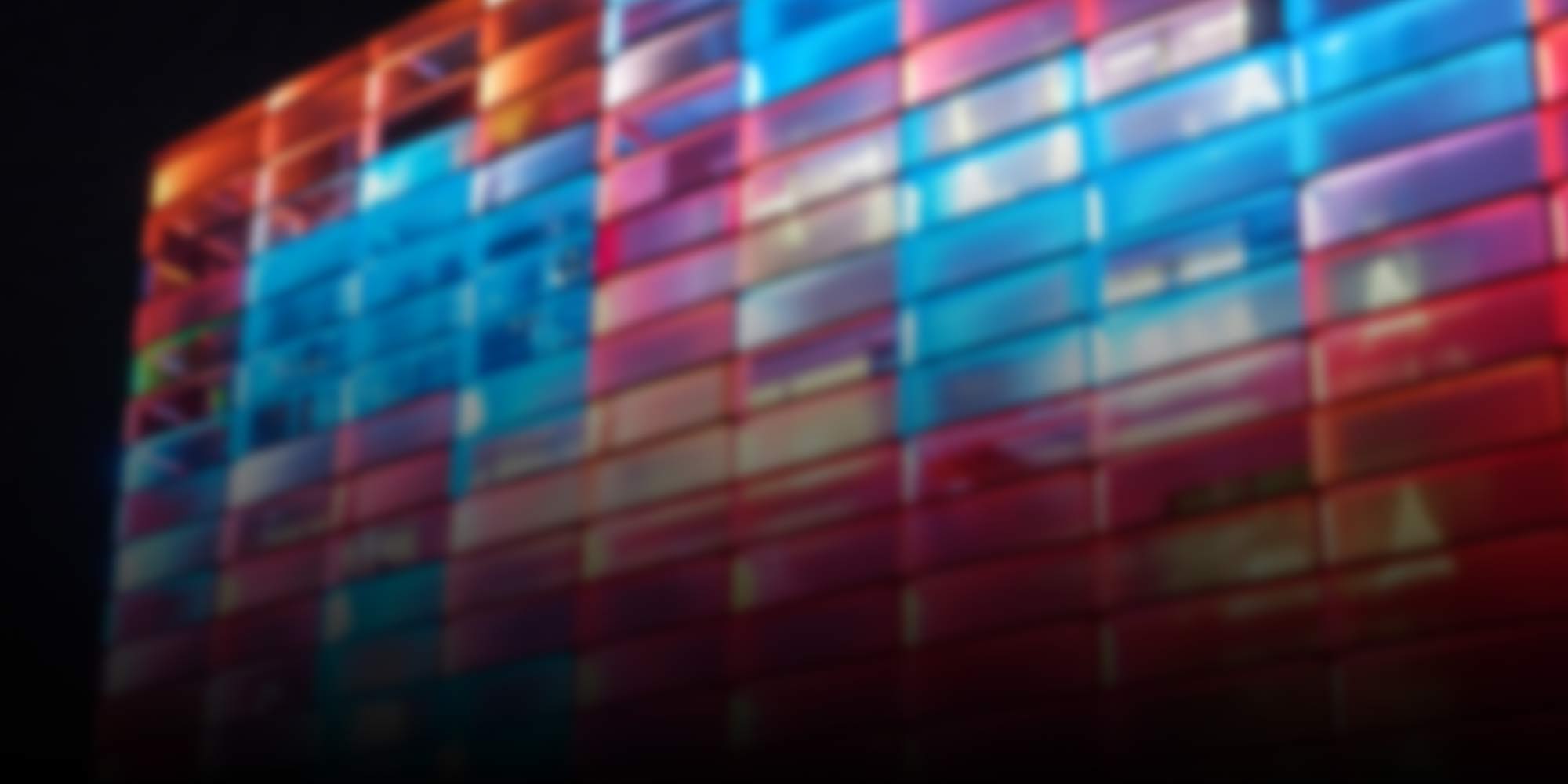
Robotics
-

A Robot’s Liberation
Guanaquerx by Paula Gaetano Adi, winner in the Artificial Life & Intelligence category 2025, reclaims the Andes as a site of resistance and reimagines robotics as a tool for planetary liberation.
-

Cutting Edge: Avatars of Humanity
“Cutting Edge” is a new blog series in which Ars Electronica team members present outstanding artistic projects. In the first edition, Gerfried Stocker introduces a project that shows how technology can create closeness: In the ‘Avatar Robot Café,’ people with severe physical disabilities are integrated into everyday working life via robots.
-
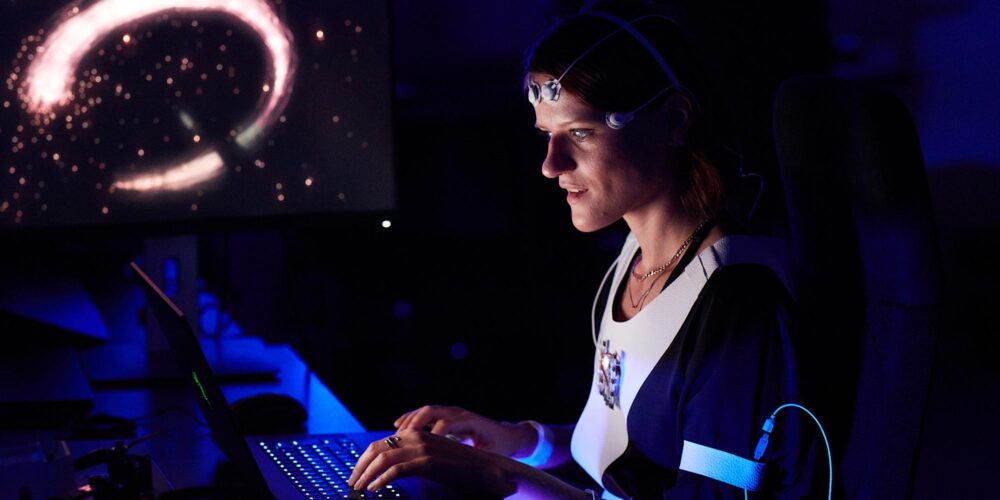
That’s why we are so fascinated by technology
We experiment, develop and tell stories with technology. The first part of Ars Electronica’s 2022 Year in Review shows how.
-
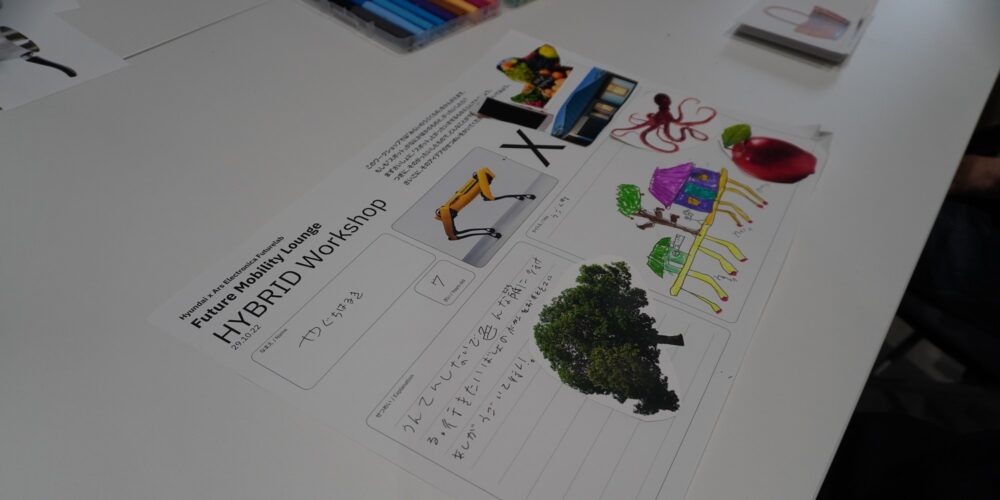
Spot and the mobility of future generations
Finding new ideas for sustainable mobility, with AI and Boston Dynamics’ robot: A unique event in Japan included experts and families alike.
-
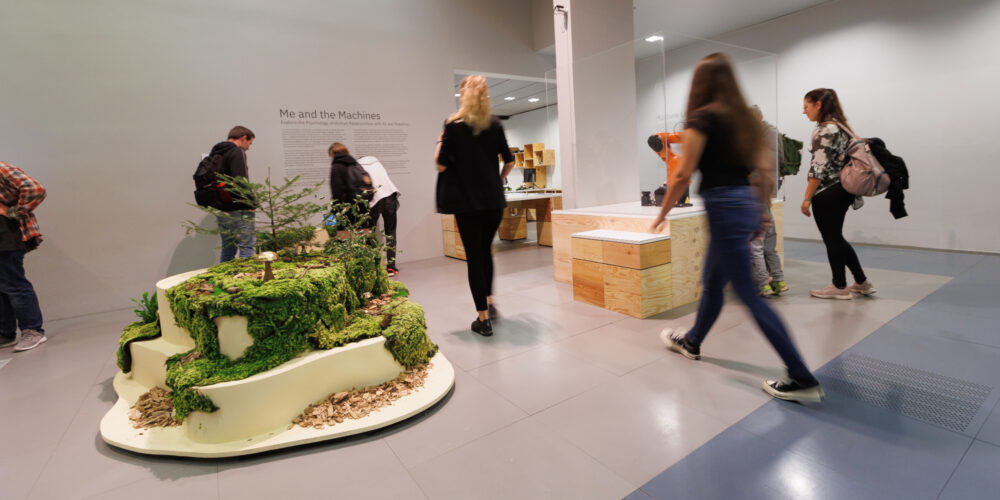
Me and the Machines
Since September, the new exhibition “Me and the Machines” has been awaiting you at the Ars Electroncia Center.
-

The slightly different café
This year, the Golden Nica in the Digital Communities category goes to Ory Yoshifuji, Co-founder CEO, Ory Laboratory Inc. for his project Avatar Robot Cafe DAWN ver.β.
-
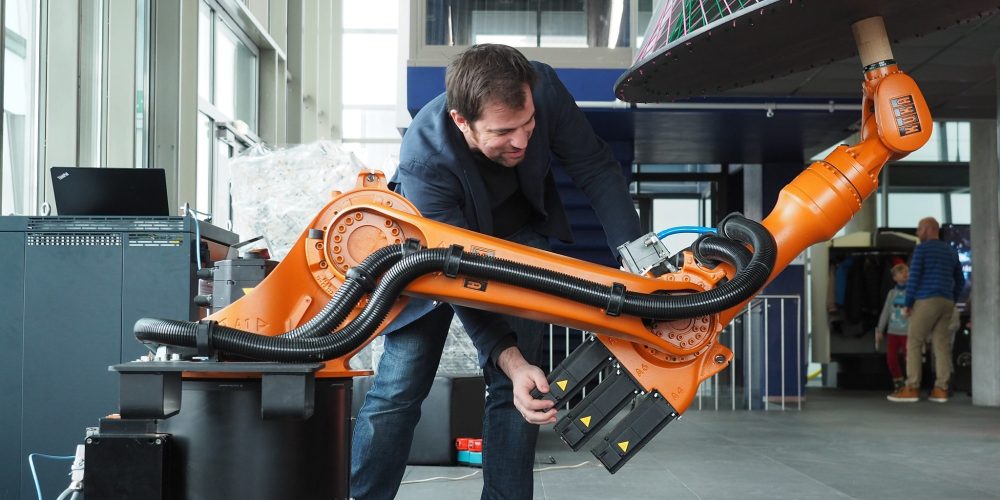
Throwback: Creative Robotics
The exhibition “Creative Robotics” traced how industrial robots, outside their original use, became a medium of artistic and creative expression and a catalyst for the implementation of innovative ideas.
-
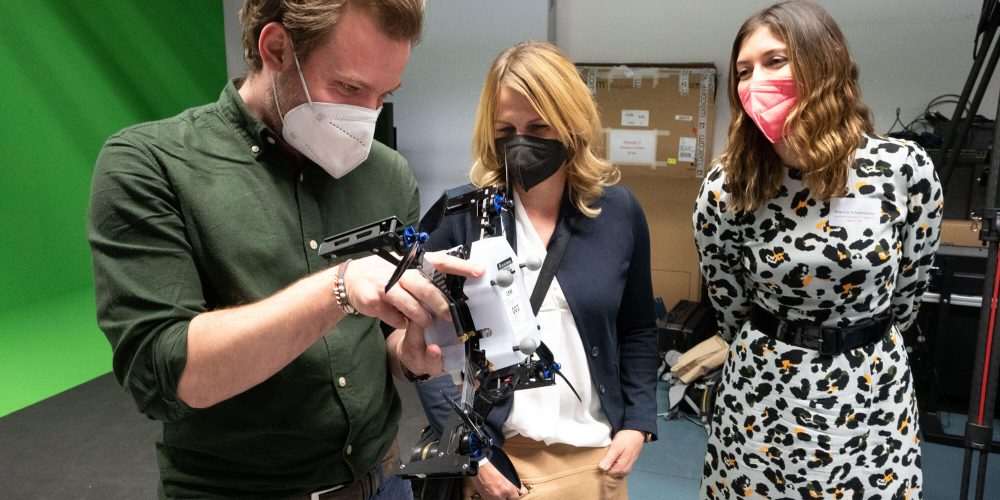
Swarm robotics up close
Drones merging to a digital canvas or painting with light: An Ars Electronica Futurelab workshop showcased the art of swarm robotics.
-
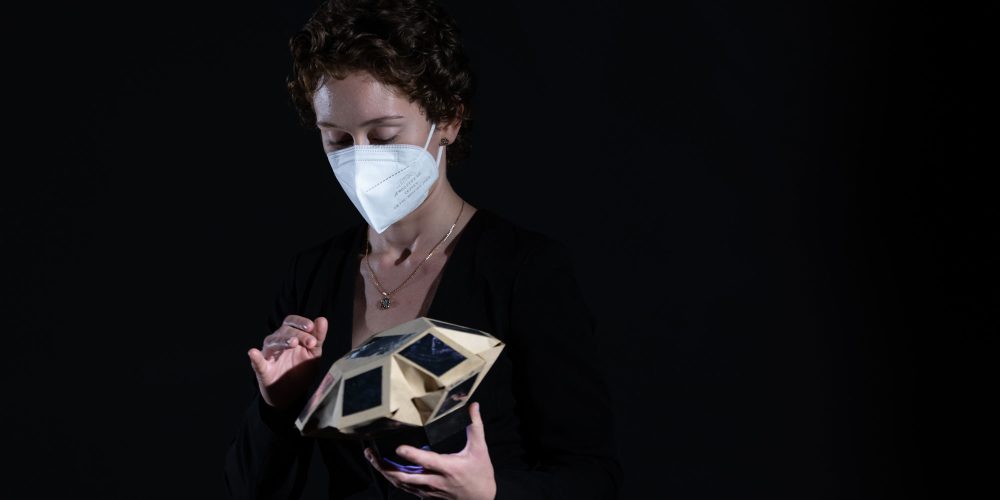
Origami, robotics and a new world of music
How do origami and robotics create music? The Ars Electronica Futurelab’s new video presents the world of oribotic instruments.
-
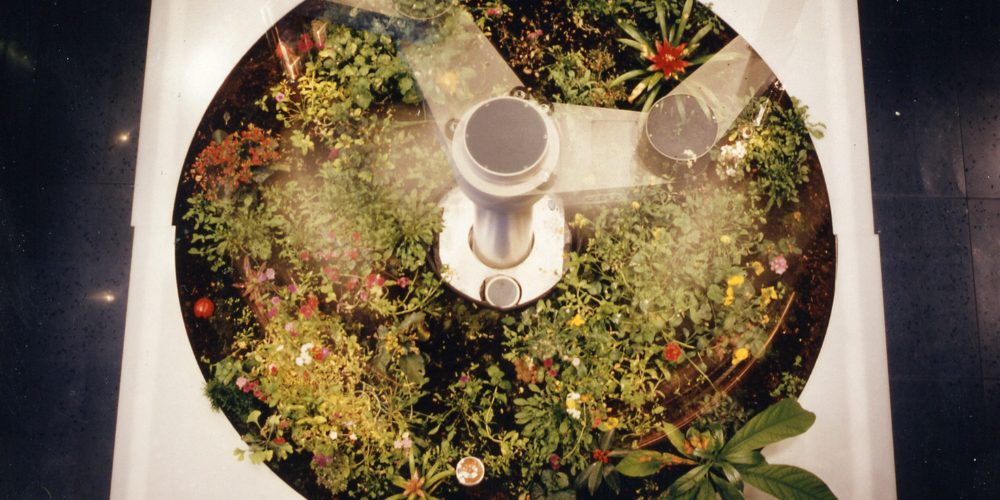
Throwback: Telegarden
The Telegarden was an art installation that allowed web users to plant, water, and monitor the progress of seedlings in a garden from a distance.
-
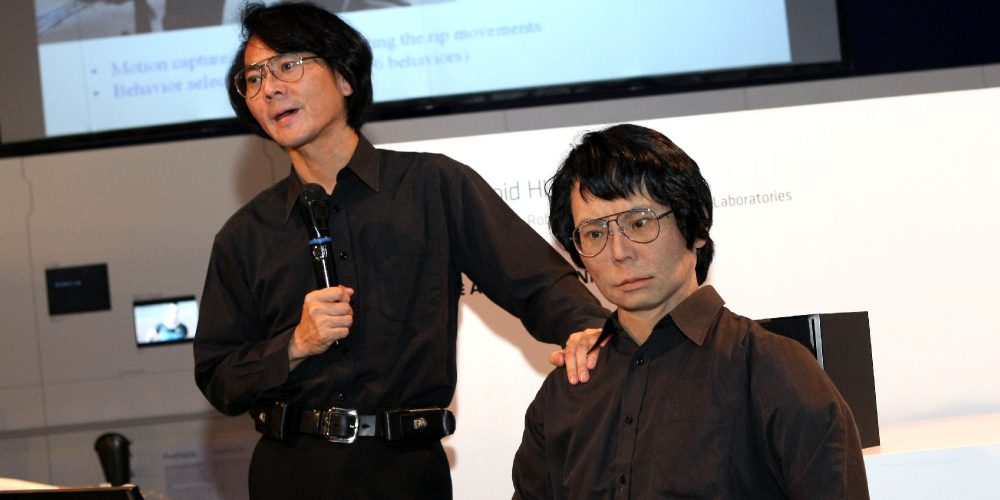
Throwback: Robots and Androids are among us
In 2009 and 2010, the Ars Electronica Center had special visitors of a somewhat different kind.
-

Art Thinking
There are difficult questions waiting for creative answers
-
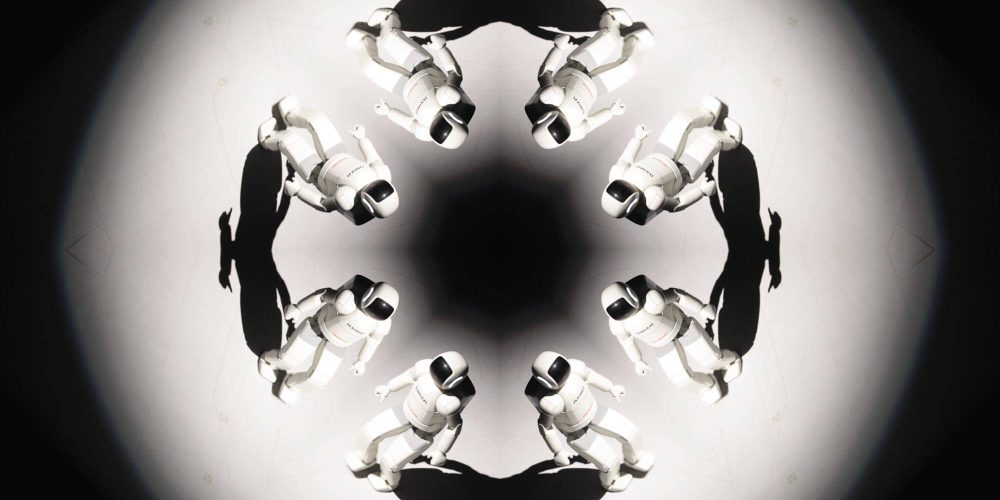
Humanity and Robotinity
A society that is changing along with its technology needs a new form of humanity
-
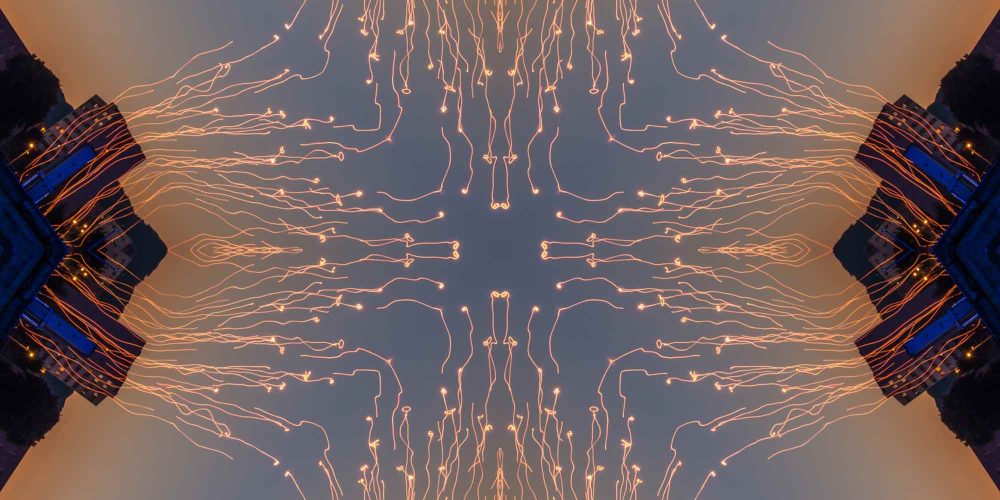
The Art of Swarms
The Spaxels were just the beginning of a long journey into the future of the Ars Electronica Futurelab
-

ORIBOKIT™ How to build robotic origami
With Oribokit™, a DIY kit for origami robots, Matthew Gardiner aims to collectively cross the boundaries between art and science towards the future.
-
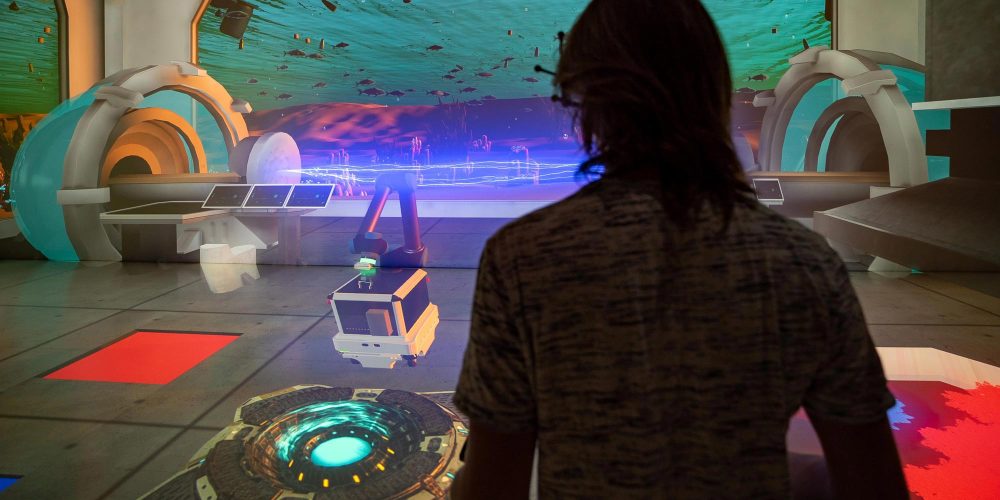
Why trust robots?
When humans and robots work side by side, it’s not always easy.
-
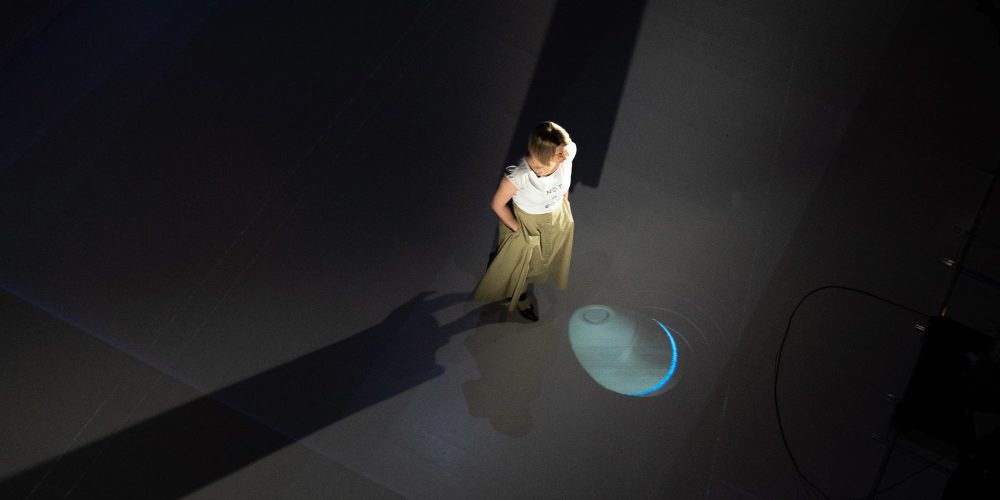
Humans, robots and the future of work
We’ve pinned our hopes for the future on them, but also regard them with suspicion: Robots will soon be part of our daily lives.
-

Open Futurelab at Ars Electronica Festival 2020
Every year during the Ars Electronica Festival, the Ars Electronica Futurelab opens its gates for the public and invites festival visitors to get to know its latest research findings and collaborative projects in a special, interactive format called Open Futurelab. In this blog post, we want to give you an overview of what you can…
-
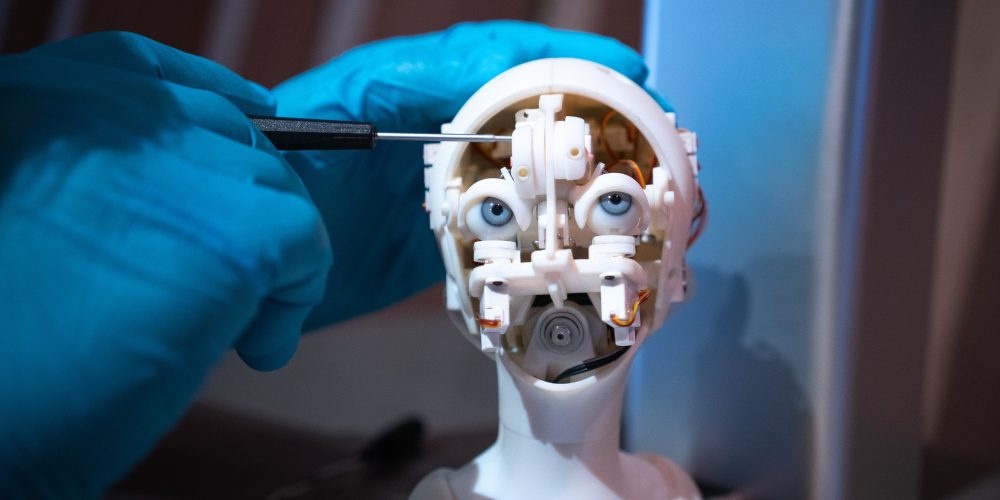
The Museum Never Sleeps
The Ars Electronica Center may be closed at the moment, but it’s not abandoned. We accompanied a colleague during his work at the Museum of the Future, saw a robot from the inside and learned how 3D printing can help in the corona crisis.
-

The last Big Concert Night in POSTCITY
It is the prelude to the first ever “AIxMusic Festival” and at the same time one of the last concerts to take place at POSTCITY Linz during the Ars Electronica Festival. We talked to Norbert Trawöger, the artistic director of the Bruckner Orchestra Linz, and Gerfried Stocker, the artistic director of Ars Electronica, about this…
-
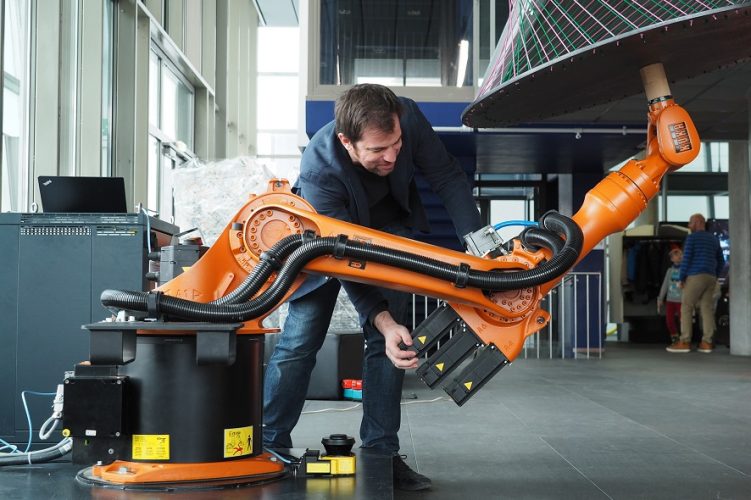
Future in a Nutshell: Creative Robotics
What could the future of robotics look like? As part of the “Future in a Nutshell” lecture series organized by Ars Electronica Export for the plastic producer Greiner, Johannes Braumann, head of the Laboratory for Creative Robotics at Linz Art University, spoke about his work. He also shared some impressions with us in this interview.
-

Human and Machine, Dancing: SILK Fluegge
At the Ars Electronica Festival’s Big Concert Night on September 9, 2018, Silke Grabinger and two members of her SILK Fluegge troupe will dance to Symphonie Fantastique performed by the Bruckner Orchestra in the Gleishalle of POSTCITY Linz. Find out more in this interview.
-
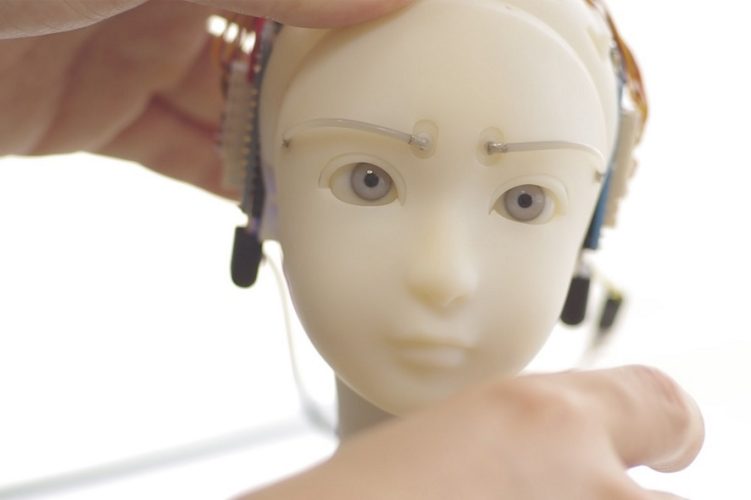
AI and Robotics: “Imperfect Versions of Our Own Minds”
“The Fractured Mirror,” anthropologist and digital ethnographer Beth Singler’s talk at the Ars Electronica Festival’s Theme Symposium on September 7, 2018, will elaborate on artificial intelligence’s effects on us human beings. She gives us an introduction to her topic in this interview.
-
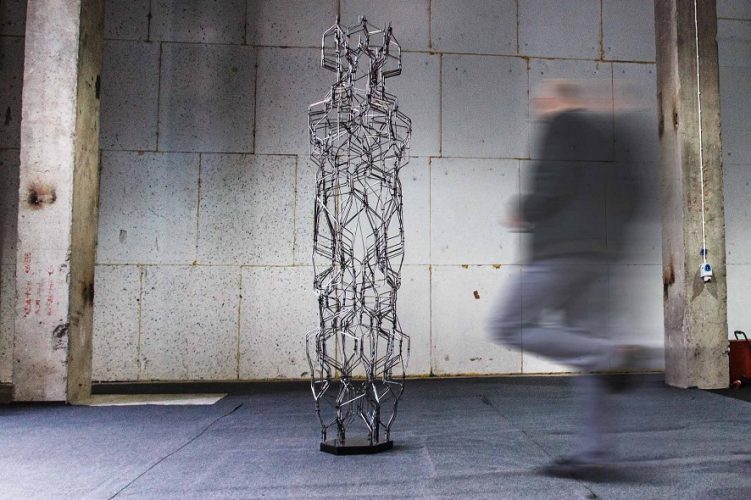
It’s Amazing How Creative Robotics Can Be!
They usually perform their tasks in huge factories or on construction sites, executing identical routines thousands or millions of times, over and over again. Or they vacuum our apartments, fully automatically. But things are different at the Ars Electronica Center. The Creative Robotics exhibition that opens on May 9, 2018 will show how robots are…
-
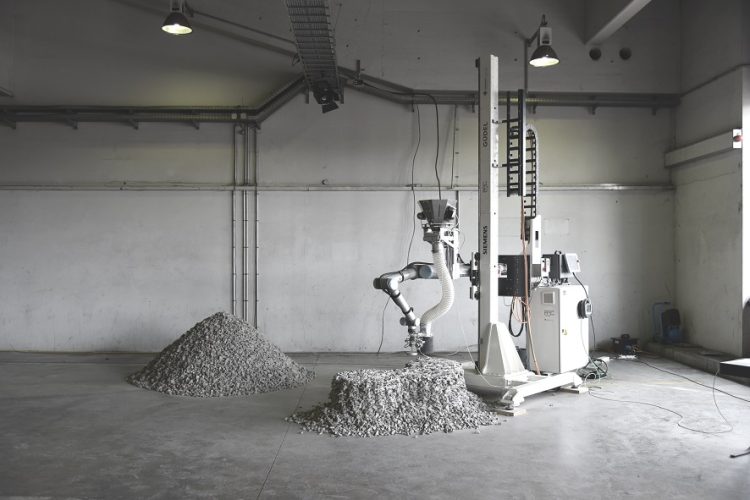
Rock Print: Building with Cable and Pebbles
The idea seems so simple—Rock Print, a STARTS Prize honoree, demonstrates how to build a large structure out of only gravel and wire. But behind the seeming simplicity is the difficulty of implementing the concept in real life. In this interview, Matthias Kohler and Fabio Gramazio of ETH–Swiss Federal Institute of Technology in Zürich tell…
-

2017 STARTS Prize: Innovative Projects That Cross the Boundaries of Disciplines
Dealing with complex issues calls for marshalling insights and skills from numerous fields, cultures and perspectives. Excellence in accomplishing this is precisely what the European Commission aims to honor with the STARTS Prize. Here, we present 2017’s best projects and what the jury’s statement has to say about them. Many will be featured in a…
-
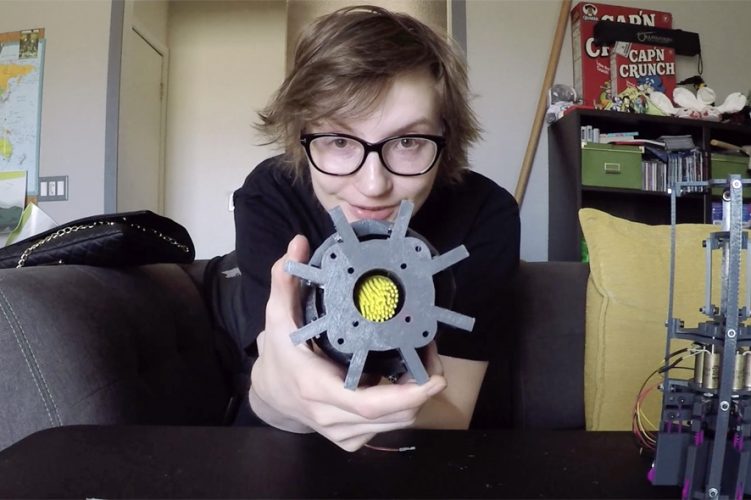
The Wandering Artist Project
For her proposal to send a robot with artistic skills into outer space, robotics engineer Sarah Petkus was the recipient of an Honorary Mention from the 2016 art&science@ESA. In this interview, she talks about her plans for her upcoming residency at the European Space Agency (ESA) and the Ars Electronica Futurelab, about humane robots, and…
-
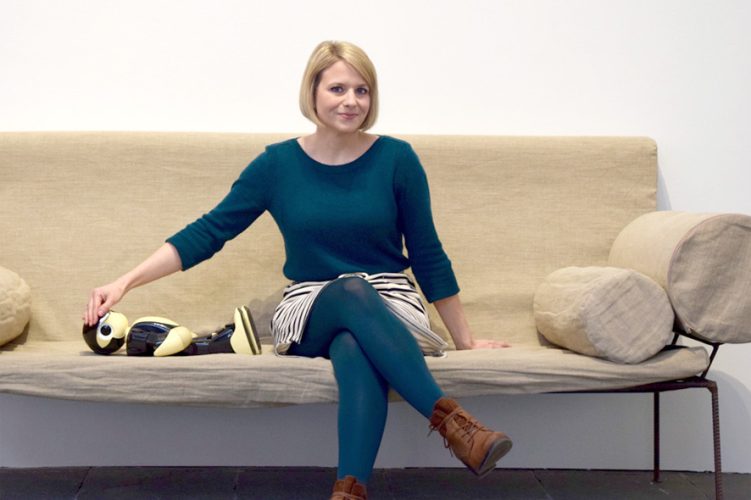
Martina Mara: “More Women in Robotics!”
Even in the 21st century, robotics R&D is still a male domain. On the occasion of International Women’s Day, we discussed this issue with Martina Mara of the Ars Electronica Futurelab. She’s a media psychologist and director of robo-psychology.